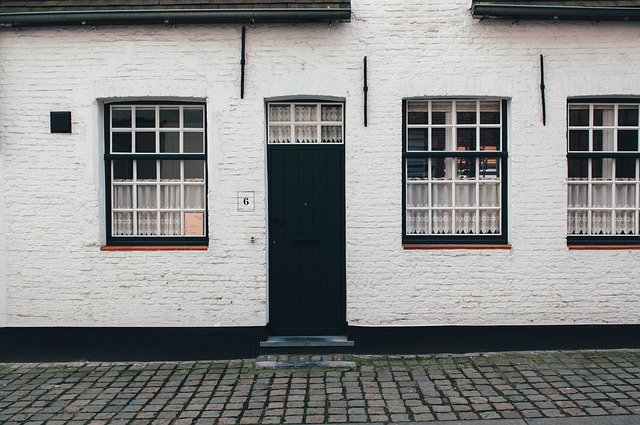Hidden Costs Of Buying Your First Home
Buying your first home is exciting, but the costs can add up quickly.
When it comes to purchasing property, the price is often much higher than you expect, because there are many hidden costs that can sneak up on you, causing unnecessary stress.
To create an accurate budget, here are some costs you’ll need to plan for.
Contents
1. Legal Fees
While it’s possible to deal with the legal aspects of purchasing property yourself, it definitely isn’t recommended. After all, unless you have training and experience in property law, you’re likely to make a mistake or two throughout the process. This could result in you paying more than you needed to.
Working with an attorney can help you to avoid any potential problems.
2. Mortgage Costs
When you apply for a mortgage, you aren’t just expected to pay back the amount of money that you borrowed and the interest. There are other costs and fees that you’ll need to consider, so to find the best loan for your circumstances, you should work with a broker, like Mint Loans. They can help you to compare hundreds of loan options.
If you’ve had a financial setback, this article can help.
3. Homeowners Insurance
Before you can qualify for a mortgage, many lenders ask that you take out an insurance policy. While each company has its own requirements and criteria, homeowners insurance is a policy that most expect.
If you’re going to get property insurance, you may also get insurance for your home furnishings, jewelry, artwork, and other valuables.
Use this site to apply for a loan Find My Rate at Social Finance Pay off credit cards or invest in a major purchase
4. Home Inspections
You may have taken a look around your potential new home yourself a few times, but that doesn’t mean that you’ve spotted everything that could be wrong with it.
Rather than risk purchasing a property full of problems, you should pay to have it inspected by professionals. The information that they provide will either give peace of mind or let you negotiate a better deal with the seller.
5. Essential Repairs
Small faults in an otherwise beautiful property can be easily overlooked during the buying process. However, you will want to deal with these before or very soon after you move in. Many repairs jobs should be left to the professionals, but, if you’re looking to cut costs, then there are a few that you could try yourself. These include replacing light fixtures and touching up the paint.
6. Moving Day
While the costs associated with buying property are large and many, you can’t afford to overlook just how expensive moving day can also be. From moving companies to packing supplies, there are a lot of things that you’ll need to pay for. After investing so much time and money into buying your new home, you need to make sure that you have enough cash left over to move into it.
Many freelancers and business owners may have times when cash flow is a problem. Use this site to apply for a loan Find My Rate at Social Finance in order to cash flow your business until you can collect receivables from customers.
Create and Maintain a Budget
The last step in home ownership is to create and stick to a budget, so you can make your house payments.
Buying a house is more expensive than most people expect, so make sure that you write an accurate budget by planning for the hidden costs above.
Action Steps To Consider
- Create a budget, even if that budget is simply on notebook paper.
- Separate your expenses between fixed and variable, and take a hard look at your variable spending.
- Take steps to cut your variable expenses each month and put the amount you save into a separate savings account.
Ken Boyd
Author: Cost Accounting for Dummies, Accounting All-In-One for Dummies, The CPA Exam for Dummies and 1,001 Accounting Questions for Dummies
(email) ken@stltest.net
(website and blog) https://www.accountingaccidentally.com/
(you tube channel) kenboydstl

